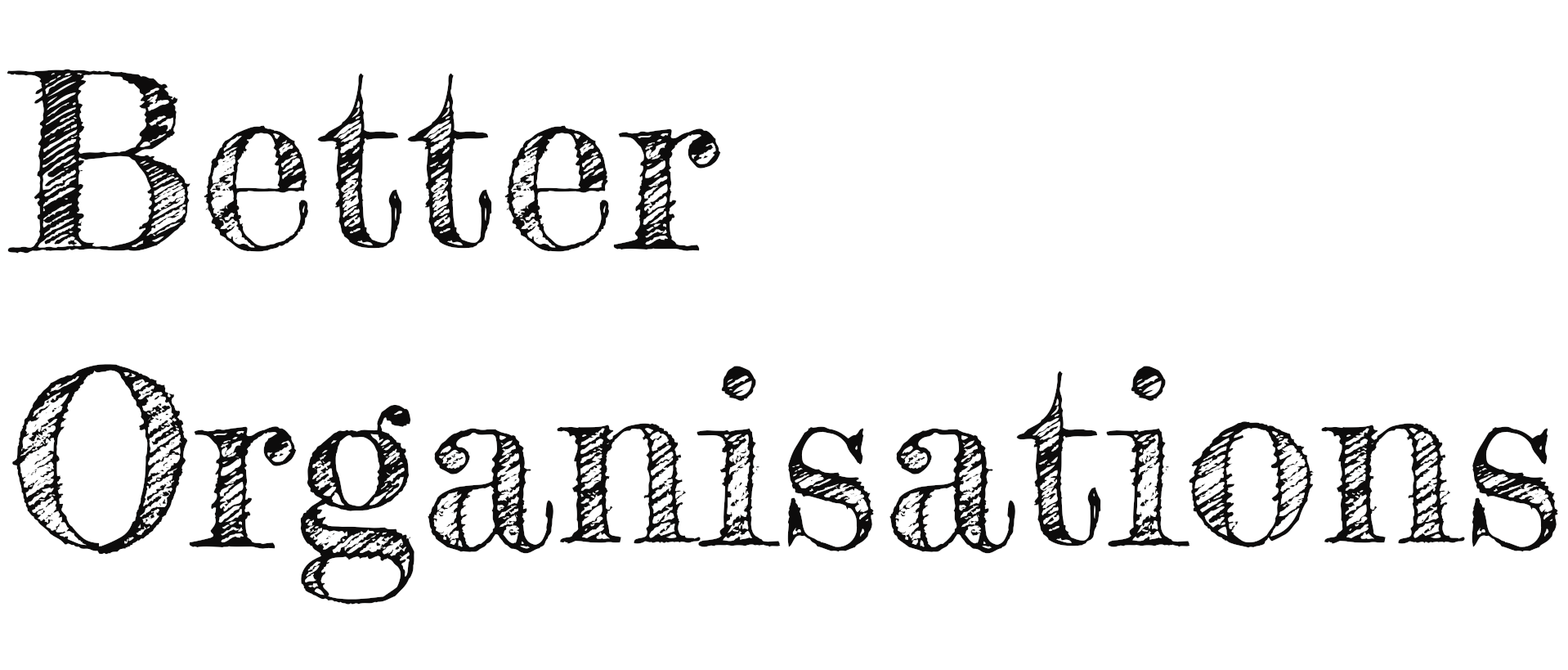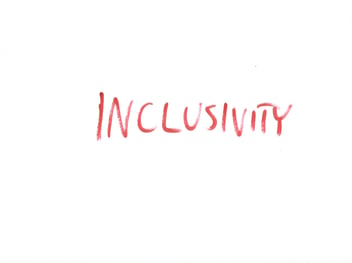 Today we will talk about the fourth value of the chosen 10 which I think can contribute to building a strong, more adaptable and innovation-boosting company’s culture. Since I said that, I should mention a significant exclusion/disclaimer about this statement – please read about it in the introduction article about the values. This article is a part of a serie: How to adapt quickly in a rapidly changing environment?
Today we will talk about the fourth value of the chosen 10 which I think can contribute to building a strong, more adaptable and innovation-boosting company’s culture. Since I said that, I should mention a significant exclusion/disclaimer about this statement – please read about it in the introduction article about the values. This article is a part of a serie: How to adapt quickly in a rapidly changing environment?
Learning and sharing knowledge is crucial if you would like to build a learning organization. What is a Learning Organization? For me it is is an organisation skilled at creating, acquiring, and transferring knowledge, and at modifying its behavior to reflect new knowledge and insights. In other words it is an organisation which facilitates learning and the growth of it’s members through knowledge transfer.
If you doubt the benefits of investing in the growth of team member’s, knowing that they may grow and leave, let me remind you of a famous question: “What if you don’t train them, and they stay?”.
If you doubt the benefits of investing in the growth of team member’s, knowing that they may grow and leave, let me remind you of a famous question: “What if you don’t train them, and they stay?”.
A learning organisation has a strategic advantage because it ensures a constant flow of knowledge that keeps the organisation dynamic and prepared for change (it also generates many other advantages, but this may be a topic for a separate article).
The key thing is to recognise that all members are “in the process” (including yourself, as a manager). The key thing is to realise that we are human and we can make mistakes. The key issue is how we approach them – do we learn from them? Do we share the learning and make our organization better and more effective?
The challenge is always to determine how we will capture and share learning (here we have to organize the system; we have to learn how to capture learning opportunities and we have to devote resources to it).
The key thing is to realise that we are human and we can make mistakes. The key issue is how we approach them – do we learn from them? Do we share the learning and make our organization better and more effective?
Let me share a case from my experience which shows you pieces of knowledge transfer system – the case is very important for me as we developed it in a small organisation where the resources were very limited and also the transferred knowledge was very practical (the transferred knowledge wasn’t very sophisticated).
Years ago, I was a manager in a third sector organisation (non governmental organisation). We were regularly organizing events which fulfilled our statutory goals. Every event was organised by a small team of people and was managed by a coordinator. The challenge was, the people in the teams had a variety of skills and experience, so some of the events were better organised, and some generated more organisational challenges.
Once we overcame the general approach of some of the team members about knowledge sharing, we developed a „Summarising meetings” – a meeting after every event to discuss what was happening during a project. The session had three parts: „looking for weak solutions”, „looking for strong solutions”, and „how can we?”. The idea of the two first parts is pretty easy to get: the event team was looking for things which didn’t work well, and accordingly for the things which perform really well. In the third part of the session the team was thinking how to do the things better and how to avoid weak points.
The findings were collected and organised in a Learning database, shortly described to help to understand the context with attached surnames of the people who were involved in it. A senior manager was in touch and if there was a problem to summarise the findings he was helping to facilitate solution.
Every team had a responsibility to read the learning database before running a new event. The team coordinator was obligated to recognise appropriate learning points and take them into account while planning the event. In case of any doubt the coordinator, or people from the team could easily find out who captured the learning point and have a chat to get some advice with the authors of it.
The learning database was supervised by senior manager who was watching over the coherence of it and reacting properly in case of any managerial challenges.
That was an element of a wider system of learning capturing, but it shows well the logic behind it. Simple, practical and cheap to maintain. The implementation of this system meant that sharing has become a part of our culture. That helped us to upskill people (which solved some of the organisational problems) and mitigated conflicts in teams (because people had a chance to talk about issues and this process was facilitated).
How do you organise learning and sharing the knowledge in your company?
For the next weeks, I will publish a weekly article and video about a value which can contribute to strong, more adaptable and innovation-boosting company’s culture. I will share case studies and examples, to illustrate how these values can help you build a better culture for your company.
Subscribe now to avoid missing an update!




